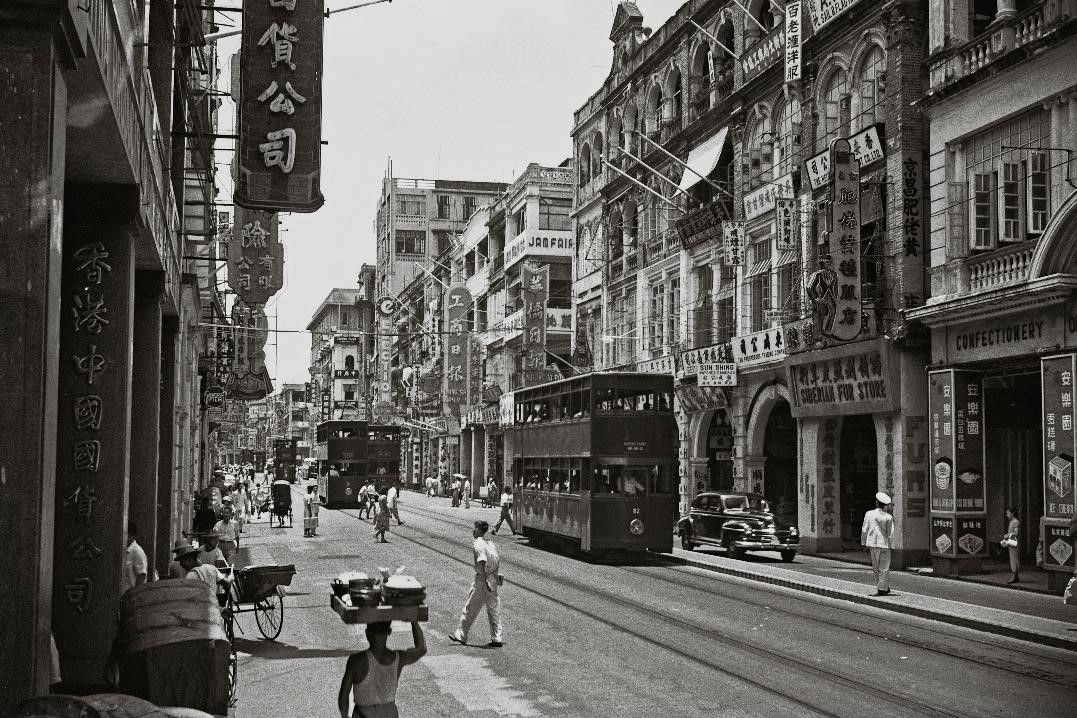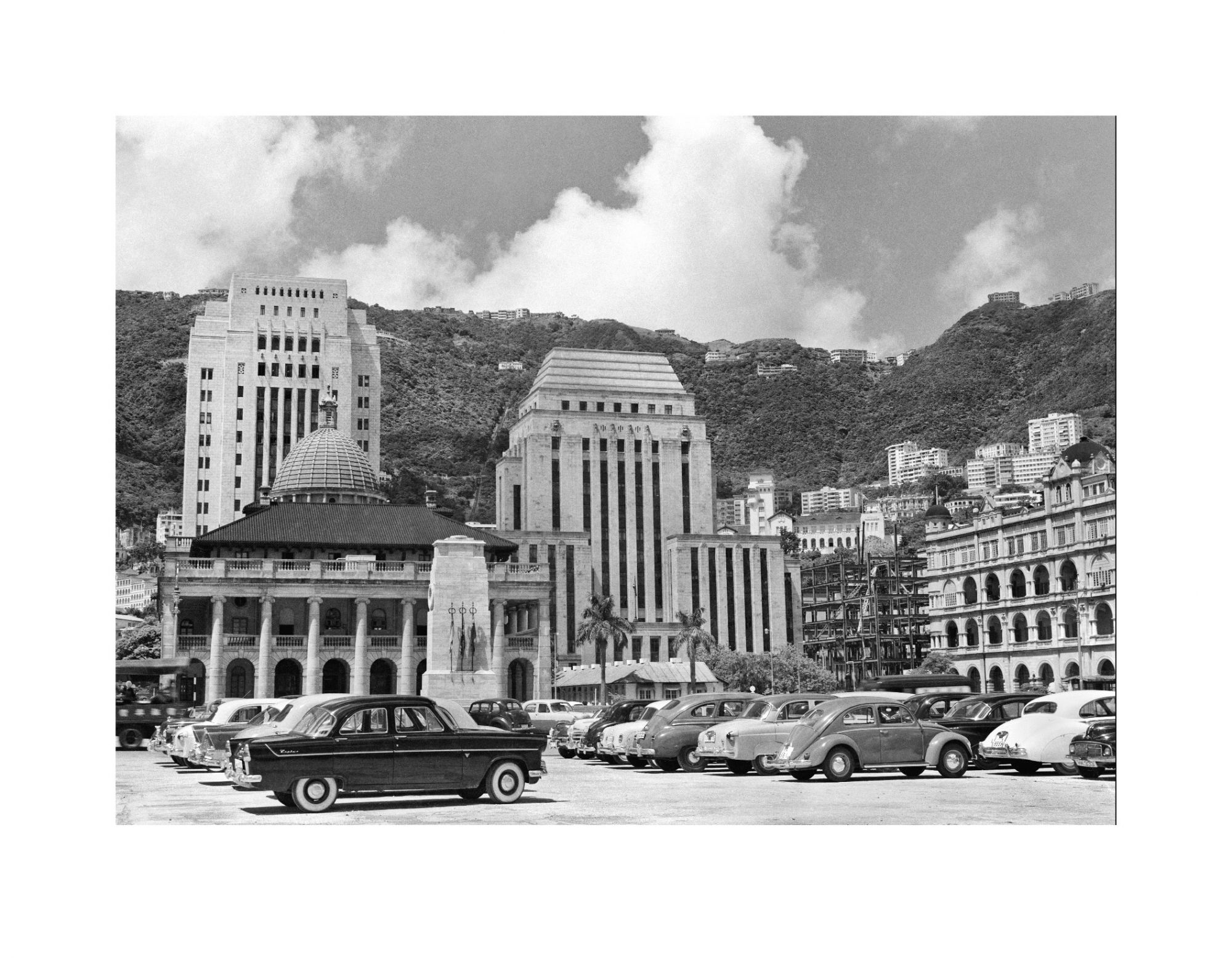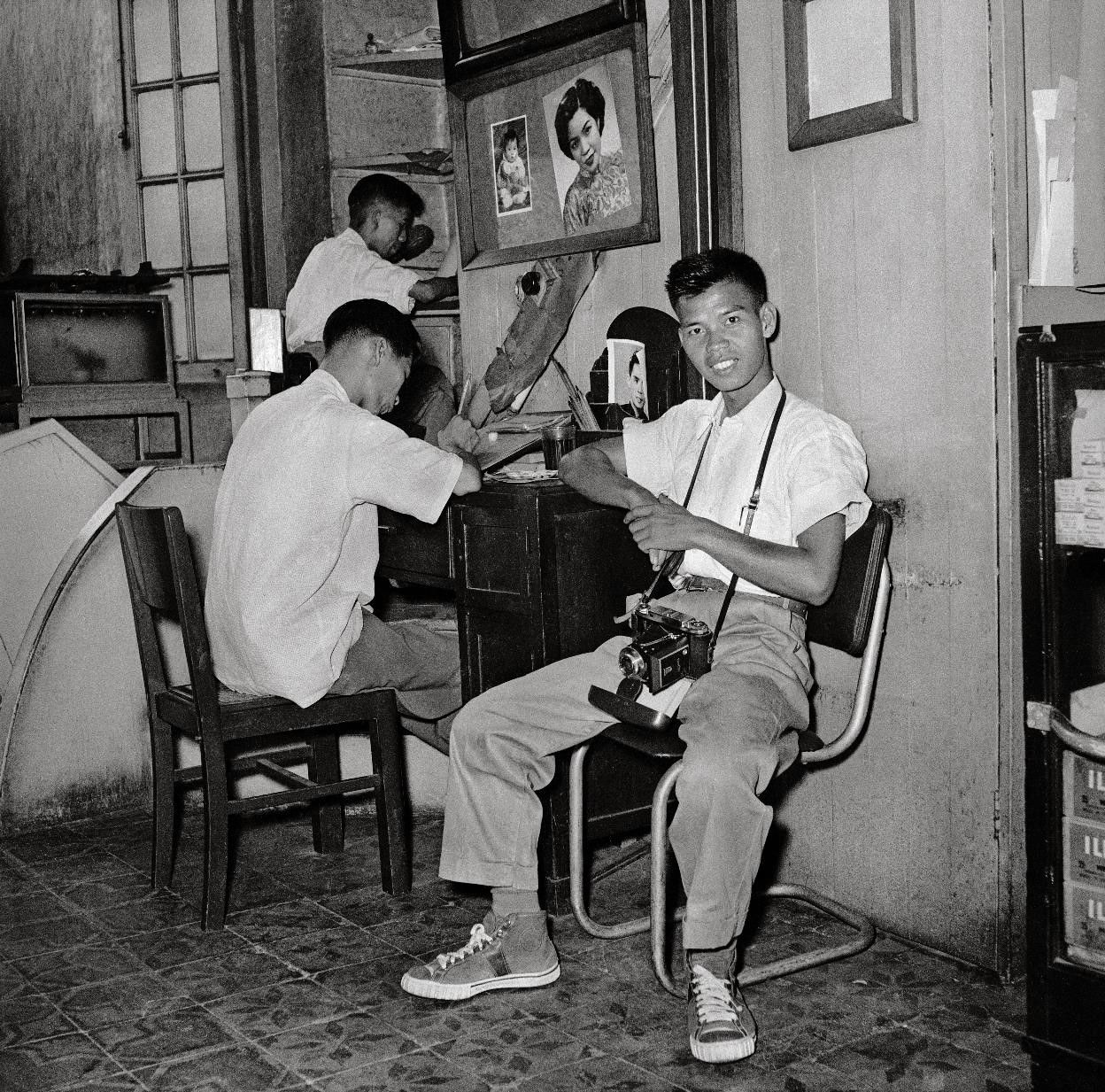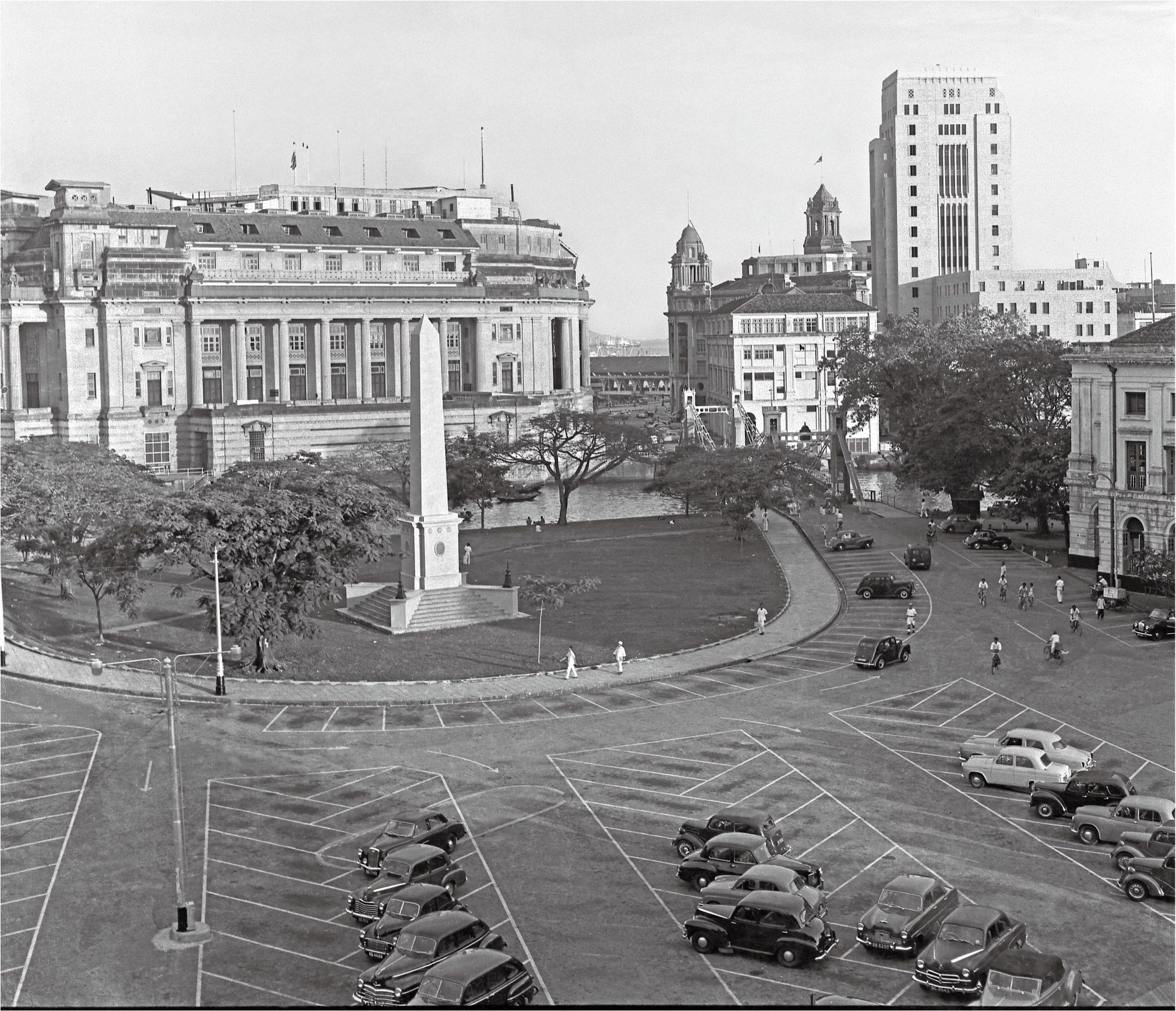We speak to the curator behind this new photography exhibition, which is a must-see this summer.
From heritage sites to historical hikes, museums to ancient village trails, there are so many unique ways to learn about Hong Kong’s fascinating history. In this new photography exhibition, which commemorates the 50th anniversary of Sino Group, old Hong Kong and Singapore are celebrated through the works of two prolific photographers.
Named “Photographs from the 1950s: Marjorie Doggett’s Singapore, Lee Fook Chee’s Hong Kong”, the show features 50 works by two legendary photographers who documented the architecture and daily life in the two Asian cities last century. Nikki Ng, the group general manager of Sino Group and director of Ng Teng Fong Charitable Foundation, says, “Our family business started in Singapore in the 1960s, created by our late grandfather and the founder of Sino Group, Mr Ng Teng Fong, before he came to Hong Kong, incorporating our first company in this city, 50 years ago. This exhibition celebrates the shared history and heritage between these two great world cities of Asia.”
See also: Hong Kong Photographer Stanley Chung On Tracing The Steps Of His Father, James Chung

To Edward Stokes, the curator of the exhibition and founder of the Photographic Heritage Foundation, what he finds the most valuable about Marjorie Doggett’s and Lee Fook Chee’s works, paradoxically, is how basic they are. “What an art photographer like Fan Ho does is determine how he exposes the film in the camera, develops the film, and then prints the film. Very often the art photographer makes dark things darker than they really are and light things lighter than they really are to get a very dramatic contrast. A lot of Fan Ho’s photographs of tramlines are very powerful and evocative,” Stokes explains. “But they obscure details, right? Because if you make something very dark, I won’t be able to see these words [in the photos]. Lee Fook Chee didn’t use special light to get dramatic shadows. He’s less skilled. This is also the case for Doggett. Didn’t they consciously decide that this was what they would do? I would say they didn’t. They weren’t at that level, which was a kind of a paradox. But that’s what makes their photos special – they were just capturing what they saw.”






